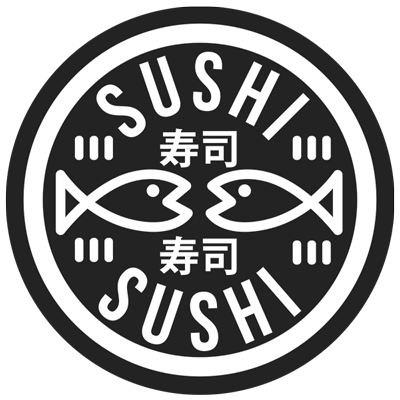The birth of the Japanese brown sauce and its variations
Soy sauce is not the only sauce that is used in Japanese cooking. If you enjoy of Japanese food, you probably have noticed that there are so many brown sauces used in cooking. Have you ever wondered the difference, or the use of all those sauces? Tonkatsu, chuno, Worce
They are all a derivative of the British Worcestershire sauce. It arrived in Japan in the late 19th and it was sold as “Western soy sauce” but it wasn't really accepted into Japanese cuisine at that time.
After the war, Japan started to become even more westernised. Western food and sauces – as well as many other things started bein
The Japanese Worcester sauce is wa
Chuno sauce means “medium thick”. Not as watery as Worcester sauce but not as thick as tonkatsu sauce. Still spicy like Worcester sauce but also sweet. This sauce is used in the east region and the north of Japan. It is rare to find in the west of Japan. This sauce is used for fries and korokke, also used for okonomiyaki in east of Japan. The reason chuno sauce doesn’t exist in Kansai is because people in Kansai use okonomiyaki sauce.
Tonkatsu sauce is thick and mild and yes, used for tonkatsu! Potato starch is added to it and that is why it is thicker.
The difference is mostly regarding the thickness but also the fruits and vegetables that's used to make them are slightly different, (onion in Worcester


